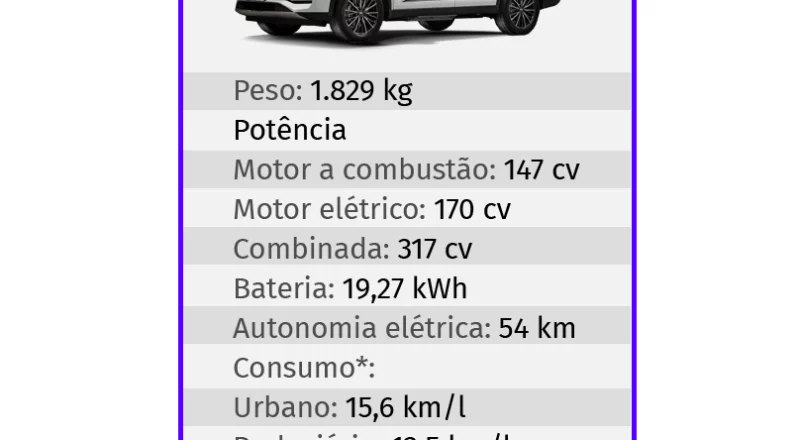Anyone who wants an electric car but doesn't have the means to charge it in the condominium, or doesn't intend to experience anxiety attacks on the road due to a lack of charger (or depend on Enel…), has gone after the middle ground: a hybrid car, which houses an engine electric and combustion.
Proof of this is that sales have grown strongly. They rose 53% in the year to September, compared to 14% for the industry as a whole – this is a slowdown when we compare it with the numbers up to August (which are illustrated in the video above); but still a respectable pace.
The growth of 100% electric is more spectacular: 506%. But the basis for comparison is unfair. Between January and September last year, 7,400 electric vehicles were registered. It was nothing. This year, 45.2 thousand. Six times more – largely because the BYD Dolphin Mini, the stand-alone sales leader, was launched in 2024.
Even so, sales of hybrids remain ahead, with 76,300 units up to September – 4% of the market (not much but, as we said, growing: last year they were 3%).
Legal. But there's one detail: it's not easy to buy a hybrid car. There are plug in hybrids, mild hybrids, full hybrids. Before making any decision, you need to better understand this fauna. That's what we're going to show here.
Plug-in hybrids (PHEV)
It’s worth “starting at the end”. For the closest type of hybrid that exists to a fully electric car: the plug in. This is the case of the Tiggo 8 hybrid, the BYD Song and the Haval H6 Plug-in, to be among those that sell the most. In automotive jargon, these cars are of the PHEV type – people in the automotive world pronounce it “pê-rév”, but do as you please). It is the acronym for plug-in hybrid electric vehicle.
Well, of these three models, the only one that also has a fully combustion version is the Tiggo 8. Cool, because then you can better see the difference that the electric motor makes.
The normal Tiggo 8 gets 10 km/l in the city. The plug-in hybrid drives 50% more: 15 km/l, according to the company's most recent tests. Quatro Rodas magazine. On the road, it's not that much: 13 km/l, compared to 12 km/l for the normal version.
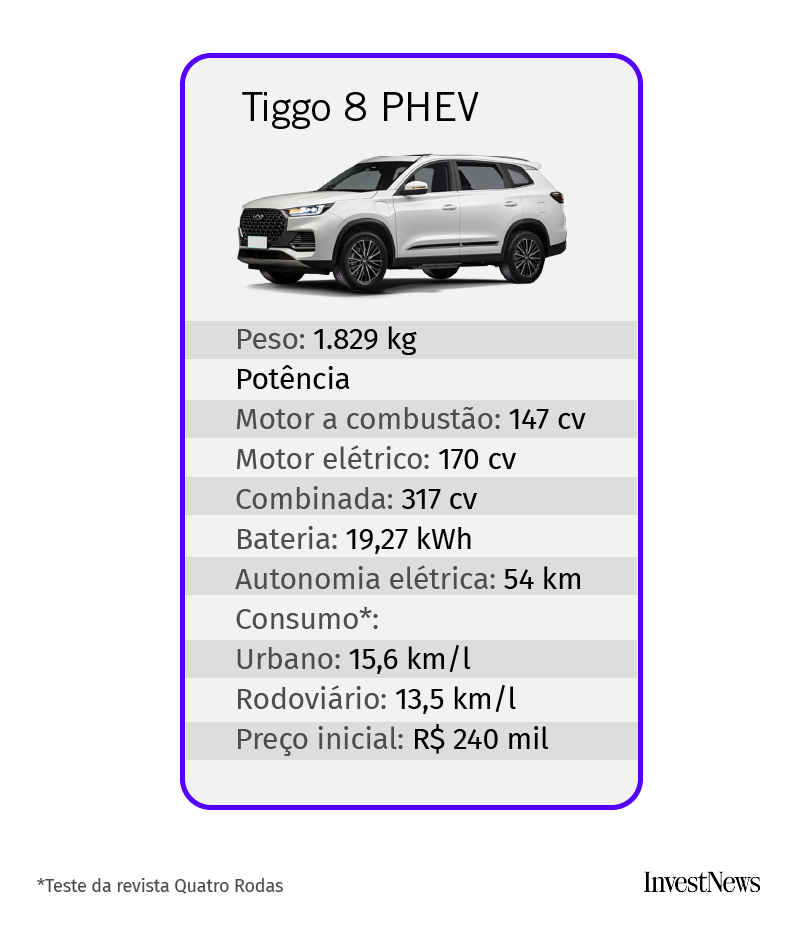
This greater efficiency in the city is because our friend “pê-rév” runs only on the electric motor most of the time. With a full battery, the Tiggo can travel 54 kilometers without turning on the gasoline engine – if you ask the car to stay in EV mode, pure electric.
Another point is that the battery maintains its charge better in the urban environment – because of a feature that everyone knows by now: the battery recharges when braking. In traffic, we spend half our time braking. The energy that would end up being dissipated in the air in the form of heat goes into the battery, which is able to recharge a little.
And it's good that this happens. The Tiggo 8 hybrid is 256 kilos heavier than the regular Tiggo. If the battery runs out and the engine is left alone, the car's performance will go to waste.
To go into more detail about this part, let's focus on the plug-in hybrid that sells the most: the BYD Song Plus. Its electric motor is strong: 194 horsepower. The combustion engine, not so much: 105 horsepower is not enough for a 1.8 ton SUV. As already scored by Sérgio Habibpresident of Jac Motors in Brazil, this is the weight/power ratio of an Uno Mille from thirty years ago (17 kg per horse).
But the car's computer knows this, and fights to not let the battery run out. So: on the road, without much braking to recharge, the combustion engine itself feeds the battery.
In a smart way. When you're going downhill, and you don't need any power, the gasoline engine works to recharge the battery. He does this on flat parts of the road too, when possible.
And then, when a climb arrives and you really need strength, the battery will have the charge to activate the electric motor. And the car will work with the combined power of the two engines – 235 hp (programmed to be less than the sum of the 194 electric hp and the 105 combustion hp).
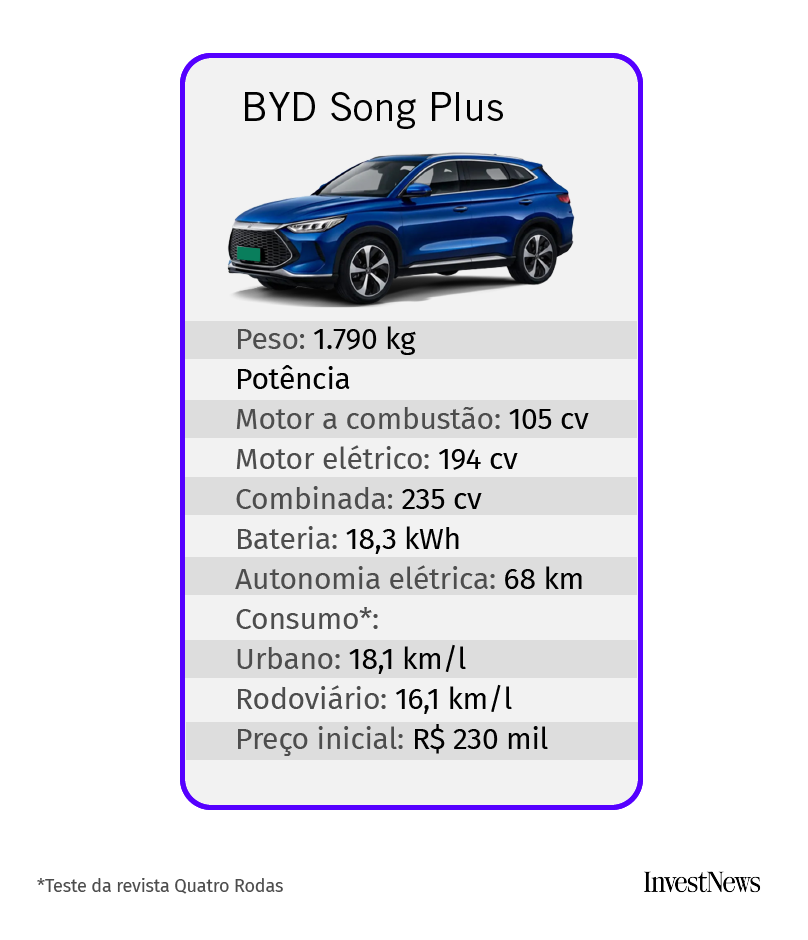
But there is no miracle: this recharging process to put the battery out of misery steals power from the combustion engine. To have the combined power of the two engines at your fingertips for as long as possible, you need to plug the car into a charger frequently.
Even so, there are people who buy a plug-in hybrid without even having a charger at home. It is not a rational alternative. PHEV without a charger in the garage is putting the cart before the horse. It won't work.
Which brings us to the second “phylum” of the hybrid kingdom.
Full hybrid (HEV)
Those who cannot install a charger in their condominium and still want some electrification in their lives can go for a hybrid which outlet. A HEV (“rev” in automotive newspeak).
The battery there is 90% smaller than that of the plug-ins. It only needs braking and deceleration to charge. But of course: that's precisely why he doesn't do pure electric cosplay so well.
A hybrid like this, which for a long time was all that existed in this market, only runs 100% on electric vehicles in stop-and-go traffic. When the speed increases a little, it activates the combustion engine. But this is already a good advance.
One Corolla Cross HEV It gets almost 18 km/l in the city, compared to 11 km/l for a normal Corolla Cross. And it has 50% more torque – electric motors, after all, are torque champions: they instantly deliver all the power they have available; something that a purely combustion car doesn't do.
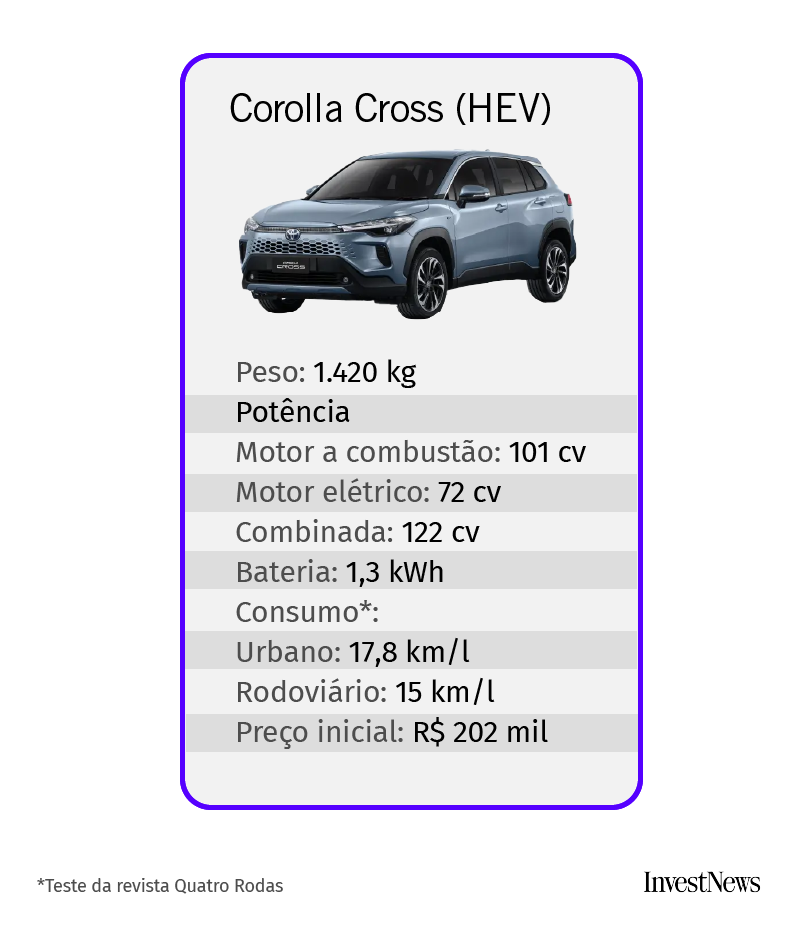
In any case, it also helps that the combustion engine does not need to carry as much weight as in the case of a plug-in, as the electrical part there is thinner. The hybrid Corolla Cross, to give you an idea, weighs the same as a normal Corolla Cross: 1.4 tons.
HEVs are cheaper than PHEVs – logically, as they have less electrical paraphernalia. THE Haval H6 It is the only model on sale in Brazil that has a plug-in and non-plug-in hybrid version. The PHEV costs R$239 thousand. HEV, R$ 216 thousand.
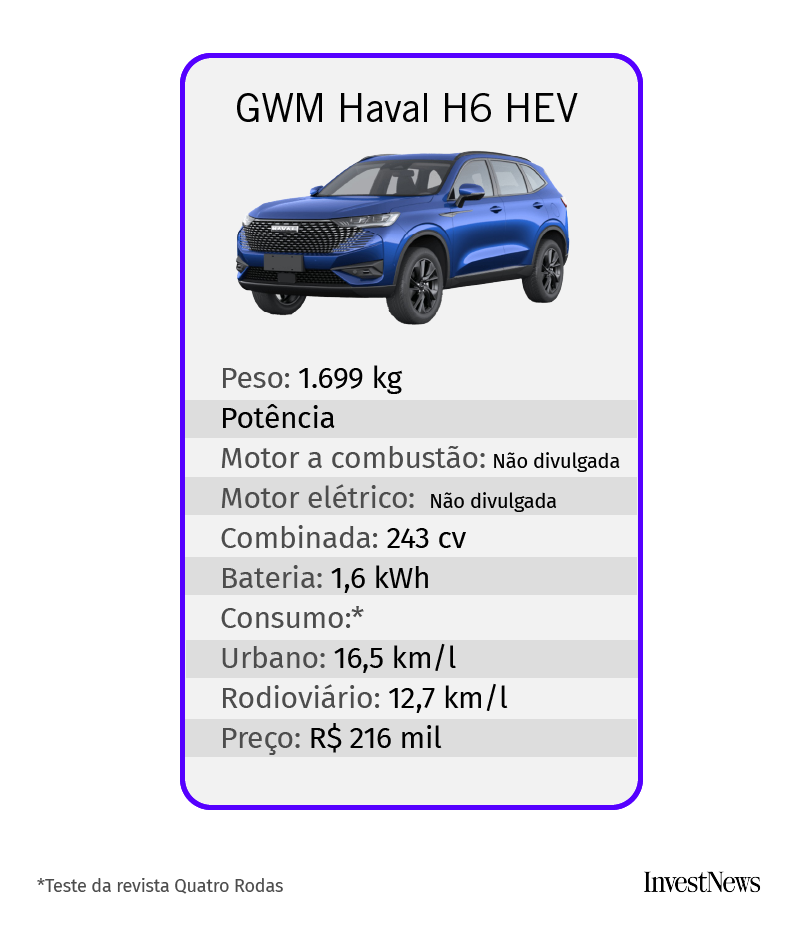
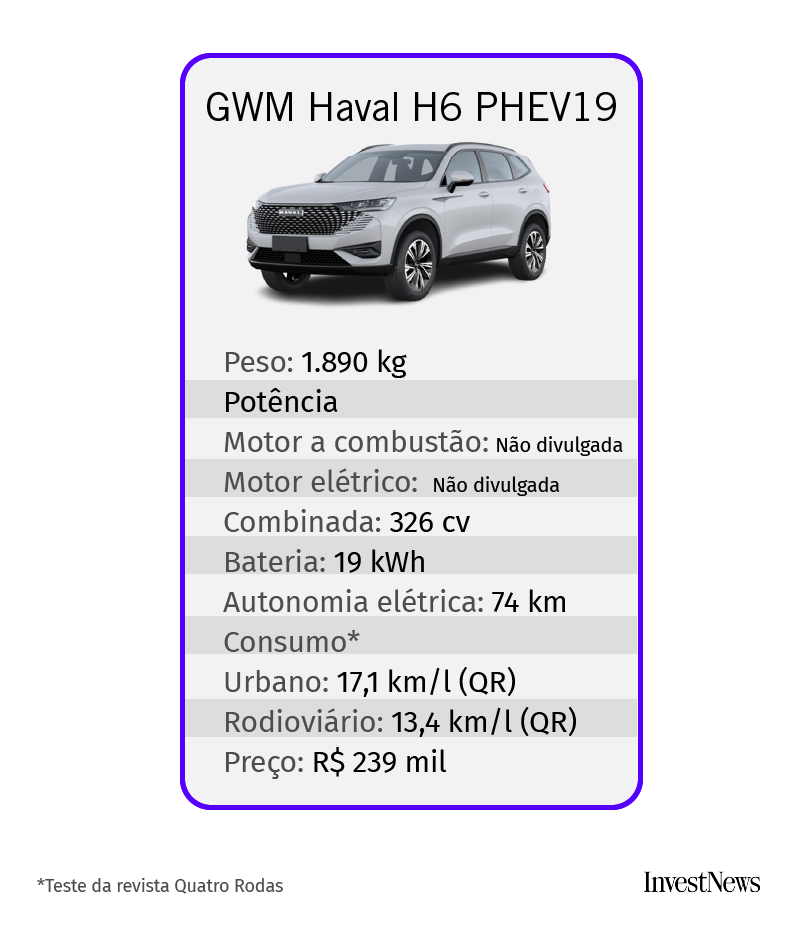
As you go down the price table below, you enter another hybrid category: the “least electric” of all, let's say: the MHEV.
Mild hybrid (MHEV)
The letter “m” there is mild. “Mild hybrid”. Take it easy because in this version the power of the electric motor is much lower. About 10 horsepower, compared to 70 for a “full” hybrid, like the Corolla Corss; and almost 200 from a powerful plug-in, like Song Plus.
This little 10 horsepower engine doesn't have the strength to pull the car. It is only connected to the combustion engine by a timing belt. The powerful never runs in purely electric mode. What the electrons do there is help the car drink less, while at the same time increasing torque.
Among the cars in this category, there is the Kia Stonic, priced at R$135,000, and the hybrid versions of the Tiggo 7 and Tiggo 5, a little more expensive. The Tiggo 5 hybrid, for example, has 20% more torque than the normal version. And it goes from zero to 100 km a second faster – down from 10.3s to 9.2s; quite a lot. Consumption also improves: 11.8 km/l in the city, compared to 9.8 for the 100% combustion Tiggo.
The Stonic does not have a normal version, pure combustion. But the torque there is 18% greater than that of the Hyundai Creta (compact SUV with the same horsepower; 120), and the consumption, 10% lower.
The fact that mild hybrids are cheaper than their “more electric” cousins also doesn’t mean that the technology there is any less relevant. Ferrari itself used this system in its iconic car: the LaFerrari, manufactured between 2013 and 2018. It was the Italian manufacturer's first hybrid. And he was a MHEV.
Today, in fact, Ferrari even has a plug-in hybrid. This is the case of the 296 GTB – technically capable of doing 20 kilometers per liter. So it is. Perhaps an all-electric future is still a long way off. But a combustion engine without an electric one around to give it a boost already seems half-baked. It's Buchecha without Claudinho.
